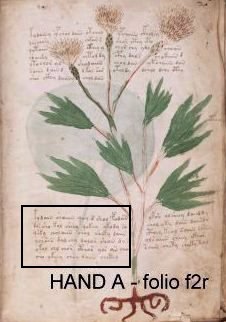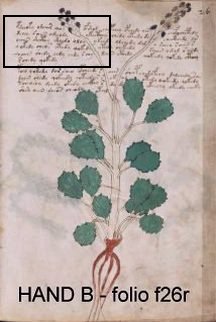| Criteria |
A |
B |
| Slant |
right angle |
close to right angle, within one hand range |
| Pressure |
normal |
higher, see comments below |
| Neatness. |
neat |
less neat but not drastically |
| Rhythm |
normal |
little faster |
| Margins and spaces |
vary irregularly |
vary irregularly |
| Changes |
minor n the same folio |
minor n the same folio |
| Line droop |
variable, irregular |
variable, irregular |
| Graphozones |
same value |
same value, very close |
| Stroke changes |
minor |
minor |
| Shakiness |
no |
very little |
| Capital letters |
N/A |
N/A |
| Upper loops |
same kind |
close |
| Lower loops |
same kind |
close |
| Shading |
consistent |
consistent |
| Characters |
see below |
see below |
| Others |
N/A |
N/A |













